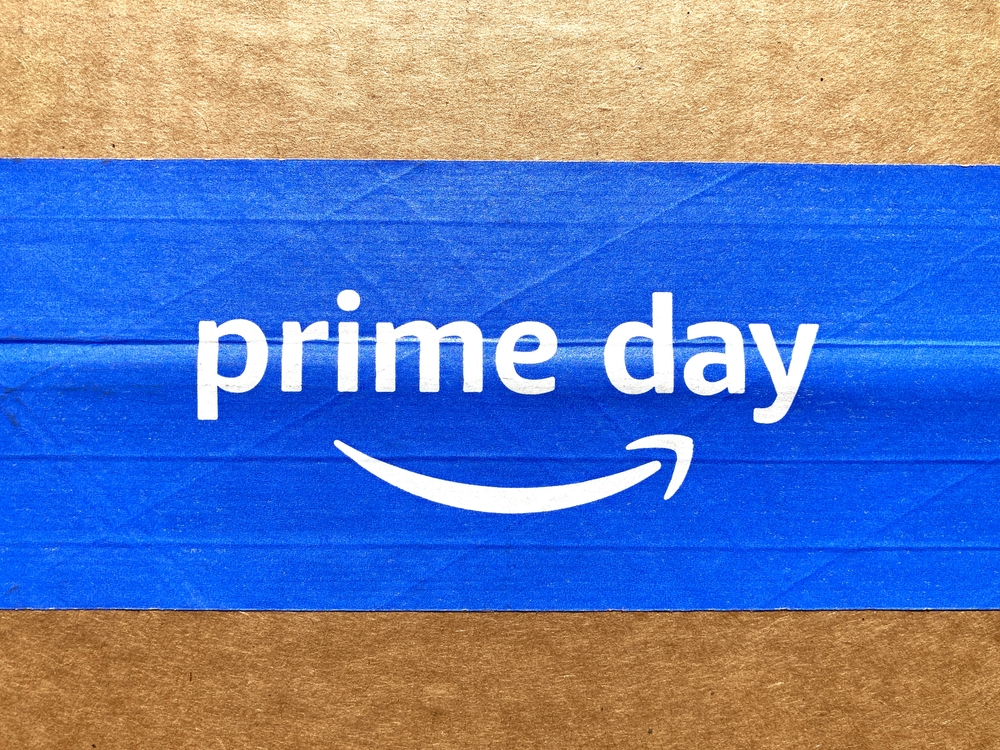Walmart Brings New Ammunition in Prime Day Battle With Amazon

Last year, Amazon was the clear winner during the dueling events. Will it keep the crown, considering Walmart’s changes?
The next battle in the ongoing war between the world’s top two retailers is shaping up next month. Starting July 10, conspicuously just before Amazon’s famed Prime Day begins this year on July 11, Walmart+ members will have early access to Walmart’s weeklong savings event. Opening to customers without subscriptions the following day, deals will include discounts on a selection of retail products as well as other services such as Spafinder and pet-sitter platform Rover.
Whether these efforts will begin to bridge the consumer spend share gap that has steadily widened between Amazon and Walmart in recent years remains to be seen. However, last year’s numbers, detailed in PYMNTS’ “Prime Day 2022” report, demonstrate the lengths Walmart may need to go to make up the slack.
Consumer perception is key when it comes to merchant choice, and the 44% share of consumers believing Prime had better deals than Walmart+ is significant, as shoppers have consistently sought savings all year to counter rising retail prices. Given the double-digit preference of Prime Day over Walmart+ Weekend, it may take more than extra days of extended savings for Walmart to close the preference divide.
Free? Of course.
You've uncovered one of our premium articles. Register to keep reading and receive free unlimited access to all our premium content.
This perception of Prime superiority carried over into participation numbers for both events, demonstrated in proprietary research prepared for the same report.
Consumers subscribed to both Amazon Prime and Walmart+ presumably have equal access to the advantages of both retailer sales, but in 2022, far more of these consumers participated in Prime Day than Walmart+ Weekend. Although nearly half of those surveyed participated in both, 21% only participated in Prime Days, whereas just 4% exclusively participated in Walmart+ Weekend.
By preempting Prime Days, Walmart is making no attempt at hiding its strategy in competing for customer share. Of course, its openness at the rivalry may be part of the Bentonville-based megaretailer’s strategy in trying to recoup previously ceded consumer spend from Amazon. This is especially the case when it comes to apparel, where Amazon’s multiyear strategy of leaning into luxury appears to have paid off. Amazon’s focus on higher-end offerings has likely been a driver in the eCommerce giant garnering a 15% market share of all U.S. apparel purchases, more than doubling Walmart’s 7%.
Worse for Walmart are the new sectors Amazon is gaining ground in, such as beauty and wellness, where the latter’s market share has been creeping up. Once strictly relegated to in-store spend, consumer behavior toward purchasing these products online has shifted with greater product availability and perhaps cheaper prices found digitally. Amazon’s share of consumer spending for the category is closer to Walmart’s than ever, at 5.4% versus 6%, respectively, for 2022.
These losses are likely driving Walmart’s strategy of open competition, which includes the construction of new market fulfillment centers that are being built within existing stores, expanding the retailer’s ability to compete with Amazon’s two-day Prime shipping promises.
While it is never safe to presume past performance portends future results, the data suggests that Walmart has much catching up to do during Walmart+ Week to catch up to the momentum and participation of Prime Day. While the extended savings days have the potential to make up some of that difference, it could take quite a bit more for Walmart to retake the retail spend crown.
